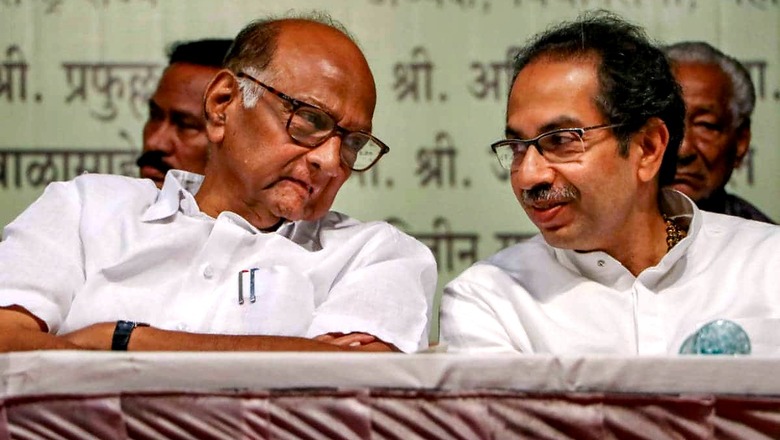
views
With its repeated pitch for elevating Nationalist Congress Party (NCP) chief Sharad Pawar as the chairperson of the opposition United Progressive Alliance (UPA), is the Shiv Sena trying to kill several birds with a stone? Apart from cornering the already-weakened Congress, the Shiv Sena may be attempting to ensure that the Maha Vikas Aghadi (MVA) government in Maharashtra under Sena president Uddhav Thackeray is protected from any future dalliance between the NCP and the Bharatiya Janata Party (BJP).
Last week, Shiv Sena Rajya Sabha member Sanjay Raut, who is the executive editor of the party’s mouthpiece Saamana, tore into the Congress-led UPA in an editorial, calling it weak and ineffective. Pointing to how Congress scion Rahul Gandhi was often ridiculed by the BJP, the editorial hinted it was only Pawar who had wide acceptability across parties to cobble together a larger front against the BJP.
Since the editorial attacked the holy grail of the Congress — the Gandhis — it has predictably raised hackles within the party. However, Congress leaders admit, albeit grudgingly, that successive electoral defeats, drift in the party at the central level, lack of a full-time president, and alleged backseat driving by Rahul Gandhi’s coterie, are gradually breeding discontent in the ranks.
Earlier in December, after reports that Pawar could be considered for the UPA chairperson’s role, Raut had backed the idea. But Congressmen point to how the Shiv Sena’s advice is rather unsolicited. The Sena, despite being part of the ruling dispensation in Maharashtra with the Congress, is formally not part of the UPA.
There is a perception that Sharad Pawar (80), whose unrealised prime ministerial ambitions since the 1990s are no secret, is eager to take over as the UPA chairperson from Congress president Sonia Gandhi, who is said to be gradually withdrawing from an active political role. As the leader of the principal opposition front, this will pit Pawar directly against Prime Minister Narendra Modi. However, on the record, Pawar has denied any intentions of becoming the UPA chief.
Shiv Sena leaders say that the editorial pitch was obvious considering Raut’s proximity to Pawar and the gradual narrative being built up in favour of the later as the obvious leadership choice for the UPA considering his vast political experience. Along with Pawar, Raut is credited with catalysing the formation of the MVA regime. However, a decade ago, the Pawar-Raut duo had unsuccessfully explored the possibility of a pre-election alliance for the 2009 Lok Sabha polls.
Despite their political feud, the Thackerays have been close to the Pawar family for decades. In his autobiography, Shiv Sena supremo late Bal Thackeray’s younger brother Shrikant, who is Maharashtra Navnirman Sena (MNS) president Raj Thackeray’s father, writes about their friendship with Pawar. Shrikant also mentions how Pawar had attended the Shiv Sena’s first public meeting in 1966 at the Shivaji Park grounds, and listened to the speeches sitting on the compound wall.
Pitching for Pawar, a Marathi manoos, at the national level may also help the MVA garner political capital. Congress leaders note that Pawar taking over the UPA’s leadership would mean the Grand Old Party ceding political space and an already shrinking support base to its ally, something that it can ill afford in these times. The NCP has never been able to cross the double-digit mark in the Lok Sabha, and has just five MPs in the lower house of Parliament. More importantly, unlike the Congress, which has a national footprint, the NCP is largely restricted to certain sub-regions in Maharashtra.
They also point to the NCP’s flirtations with the BJP in the past as indicative of Pawar’s party not being honest in its attempts to take on the Modi juggernaut. This includes the NCP’s offer of support to the BJP (2014) to form the government when it emerged as the single-largest party, and Pawar’s nephew and incumbent deputy chief minister Ajit Pawar’s short-lived government with the BJP’s Devendra Fadnavis.
While the Congress has tied up with the Communist Party of India-Marxist (CPI-M) in West Bengal, Pawar has thrown his weight behind the Left’s bete noir and incumbent chief minister Mamata Banerjee, who is facing an existential threat from the BJP in the state.
Congress leaders claim that the Shiv Sena is playing its part in the larger project to weaken them and strengthen Pawar, who is already chipping away at the base of his former party, brick by brick. The Shiv Sena may also share the spoils if the Congress shrinks further in Maharashtra.
Incidentally, this is not the first time that the Shiv Sena has taken potshots at the Congress and its leadership. In June this year, a Saamana editorial compared the Congress to a “creaking old cot” while commenting on its complaints about not getting a decisive say in the working of the MVA. The Shiv Sena and Congress also have differences over the demand for religion-based quotas for the Muslim community and the former’s veneration of Hindutva ideologue Vinayak Damodar Savarkar.
Even Congress leaders admit that the party, which had reconciled itself to yet another term on the opposition benches, yet found itself being pitchforked into the government, courtesy the unexpected turn of events, may not pull the plug on the MVA. However, painting it into a corner may backfire beyond a point.
Much like the Shiv Sena that helms it, the MVA is a child of its times, born out of an existential crisis for its constituents if the BJP returned to office in Maharashtra. However, despite joining hands for power, there is a lingering sense of distrust in the three unlikely allies.
While the Congress feels that the Shiv Sena and NCP may eventually ditch it, there are fears at either of the two parties eventually building bridges with the BJP to be on the right side of the all-powerful central government. As Shiv Sena ministers claim, with the relations between their party and the BJP coming under intense strain over issues like the controversy over the death of actor Sushant Singh Rajput, the longevity of the MVA regime depends on the NCP.
Politics, as Otto von Bismarck said, is the art of the possible. Despite his long innings in public life, there is always a lingering sense of doubt about Pawar’s intentions and motives, especially considering his warm ties with Modi.
Hence, as a Congress leader explains, by pitching Pawar as the leader of the UPA, the Shiv Sena, which obviously has a lot at stake in Maharashtra, may be trying to ensure the longevity of its government. If Pawar is seen as the leader of the principal anti-Modi front, the NCP may find it difficult to cut a deal with the BJP in the future, he claims.
Read all the Latest News, Breaking News and Coronavirus News here











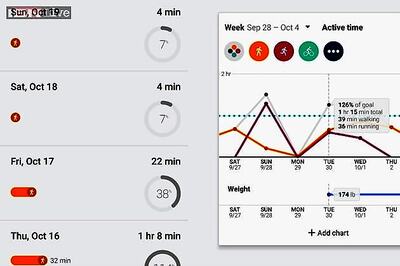


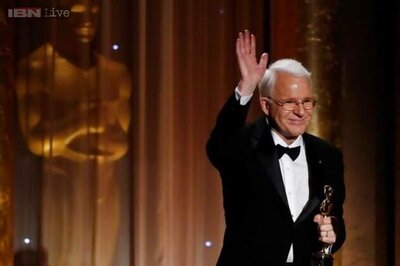
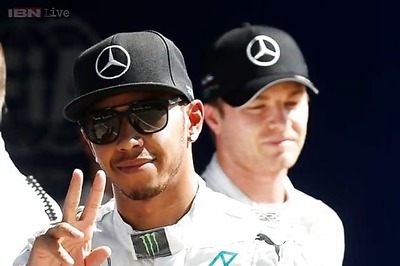
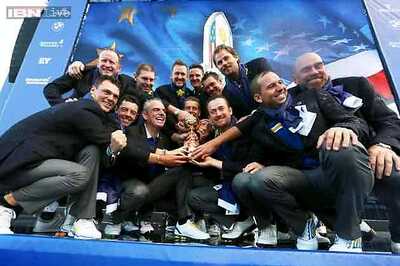
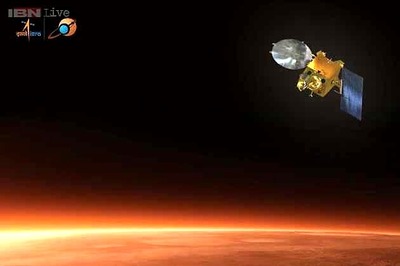

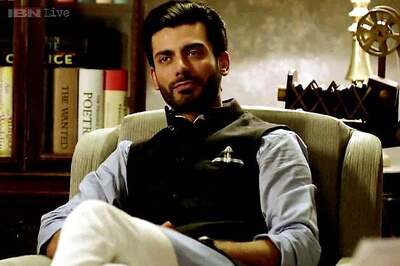
Comments
0 comment